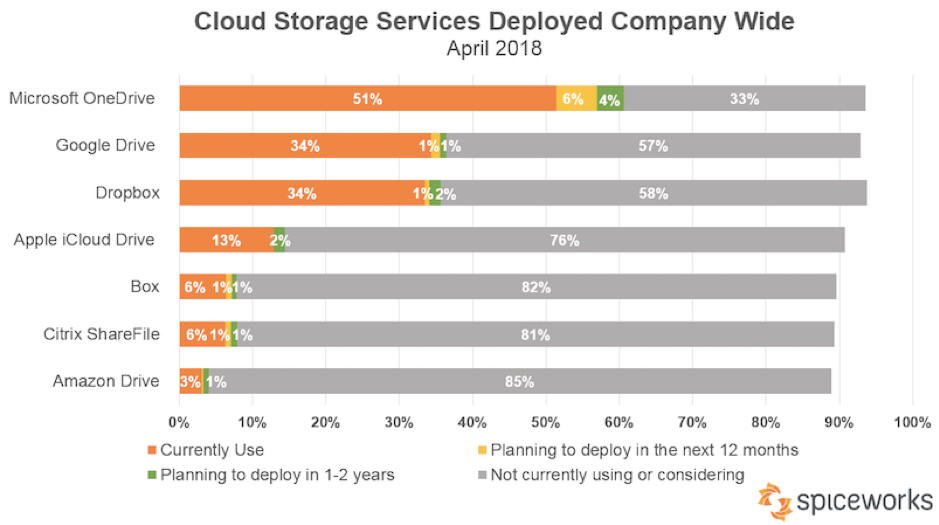


This is even more so if you actually host your own file server on–premises or in a colocation space.Īnother advantage of maintaining your own file server is the ability to configure it as much as you want, within certain limits (depending on your server type–self–hosted, shared, or dedicated).

While you may not own a rented server, if you are on shared hosting for example, you still control all of the contents of the server without doubt, and a hosting company cannot simply pull the plug on you, erase your data, or otherwise compromise the integrity of your data. There are a significant number of pros to keeping your files on an internal (or externally managed) server that you control. So which is better for your needs? What are the pros and cons of legacy file sharing servers compared to the newcomer cloud storage? Traditional File Servers: Pros and Consįile servers have been the mainstays and workhorses of the business world practically since business networking has been a term. Still, many companies are still hesitant to trust their files and security entirely to a third party where they may share space and resources with other companies, or entrust their proprietary data to some nebulous “cloud”. Despite only being a relatively recent technological innovation, cloud computing has leveraged these strengths to quickly start eating away at the share of file hosting and file sharing duties of traditional server setups. And as the workforce became more mobile, these servers took on the additional duties of sharing your internal files with employees on the road or working from home, even though they may not have always been designed for those functions.Ĭloud hosting, on the other hand, was born from a networked world with sharing, collaboration, and mobility being key considerations from the very beginning. With cloud computing well into the mainstream and steadily replacing roles currently filled by traditional server architecture, it’s time to ask the big question: can cloud hosting replace traditional file servers for storing and sharing files between employees in your organization? Serving, sharing, and storing files was probably the very reason many small and midsize companies built out their intranet infrastructure in the first place, and may still be the only reason that many companies have a server in their office or are renting server space.


 0 kommentar(er)
0 kommentar(er)
